The perfect harmony of a dish and the right wine can transform a simple meal into an unforgettable gastronomic experience. But how do you choose the right wine to enhance the flavours of your cuisine?
The science of food and wine pairing, though complex, is accessible to all and promises to reveal the hidden nuances of your favorite dishes.
Through this comprehensive guide, brought to you by Oeni, thewine cellar management app with personal sommelier (available on iOS and Android), we'll explore the subtleties of these delicious pairings, revealing the secrets of a successful match. Whether you're a novice or a connoisseur, learn how to create food and wine pairings that will awaken your senses and those of your guests.
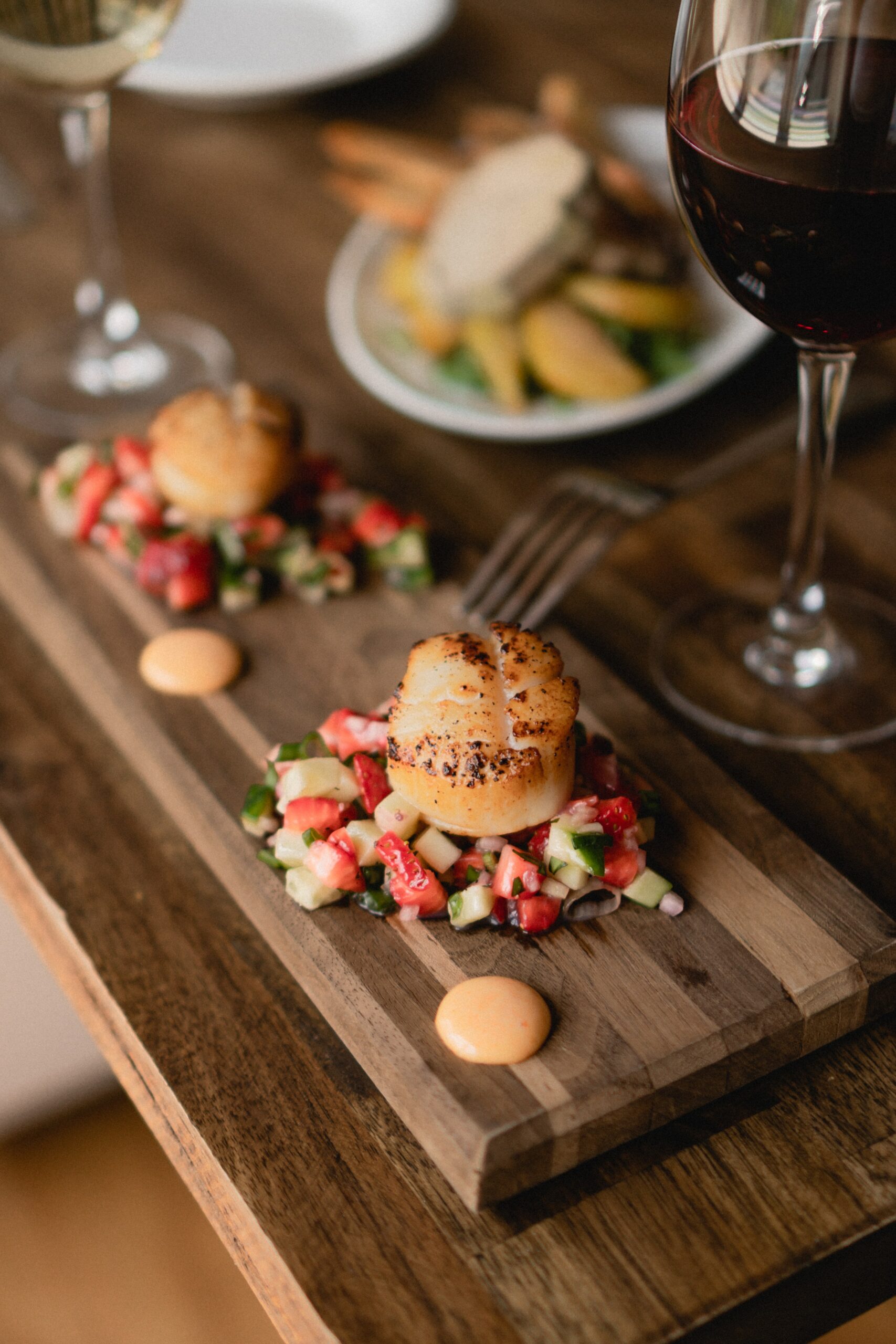
The fundamentals of wine and food pairing
To successfully pair food and wine, it's essential to understand the fundamental principles that govern these combinations. The first is balance: the wine must neither dominate the dish, nor be overshadowed by it. It's all about finding harmony between aromas, flavors and textures, so that wine and dish enhance each other.
A successful pairing takes into account the intensity and complexity of both elements. A delicate dish requires an equally delicate wine, to prevent the flavors from canceling each other out or overpowering each other. Conversely, rich, savory dishes call for wines with enough character to stand up to them. You also need to consider the wine's acidity, sweetness and tannins, which can either balance or contrast with the dish.
In your quest for the perfect match, think of the keywords "basic principles of food and wine pairing" as a compass guiding you towards the ideal balance. A methodical approach will help you understand why some pairings are more harmonious than others, and how to create your own successful combinations.
Classic chords that still work
There are wine-dish pairings so iconic that they've become classics. These traditional pairings, often cited as examples in wine manuals, draw on centuries of gastronomy to offer tried-and-tested taste experiences. One of the best-known pairings is that of full-bodied red wine with red meats. The robustness of a Bordeaux or Cabernet Sauvignon perfectly complements the richness of a juicy steak, while the wine's tannins help cleanse the palate between bites.
Another example is the pairing of white wines with seafood. The freshness of a Chablis or the delicate acidity of a Sauvignon Blanc can enhance the subtle flavors of oysters or a fish fillet. And who could forget the classic pairing of Champagne with savory appetizers, where the bubbles and liveliness of the wine add a festive dimension to every sip.
Using keywords such as "classic food and wine pairings", this article provides reliable recommendations for those new to the pleasures ofoenology and gastronomy.
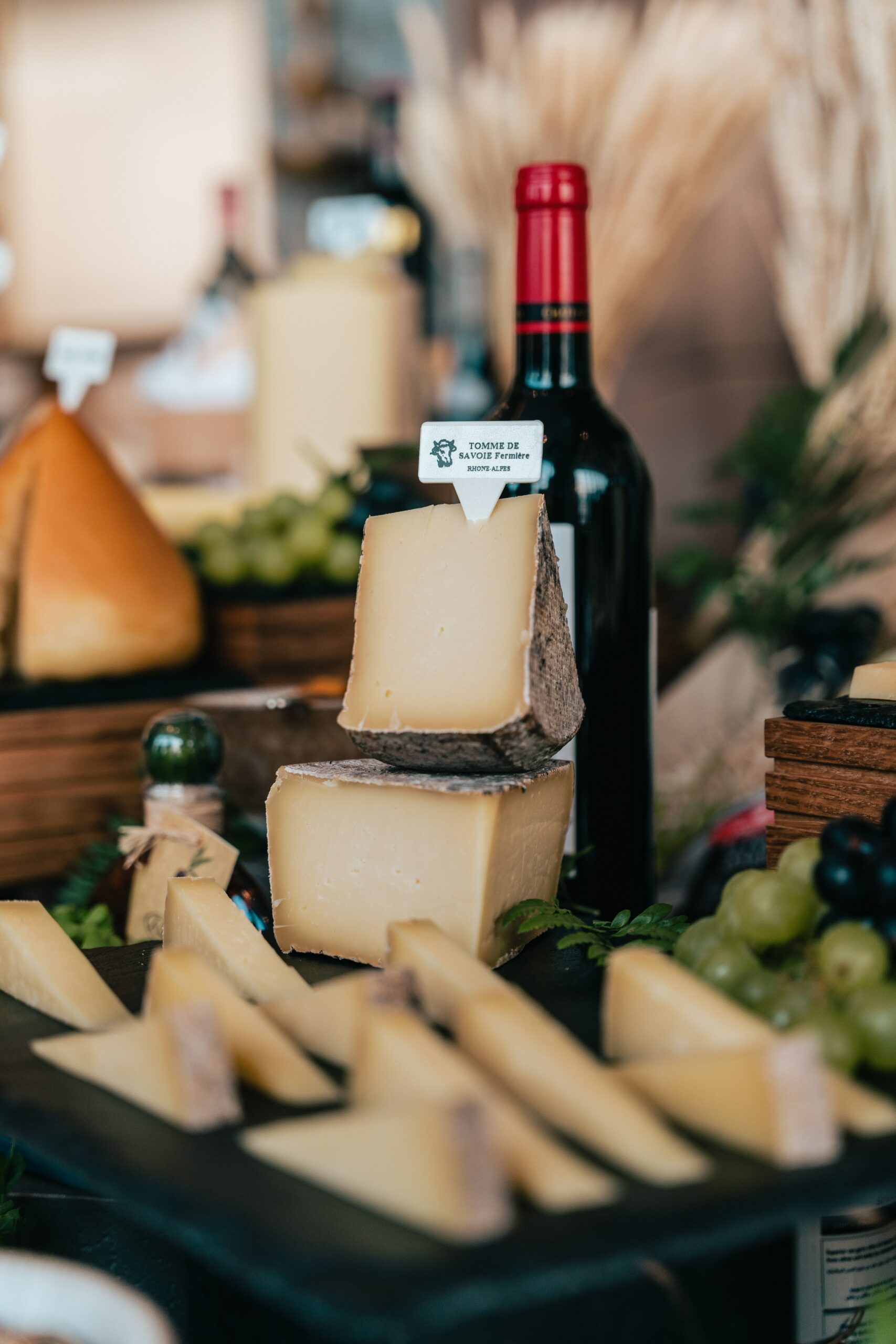
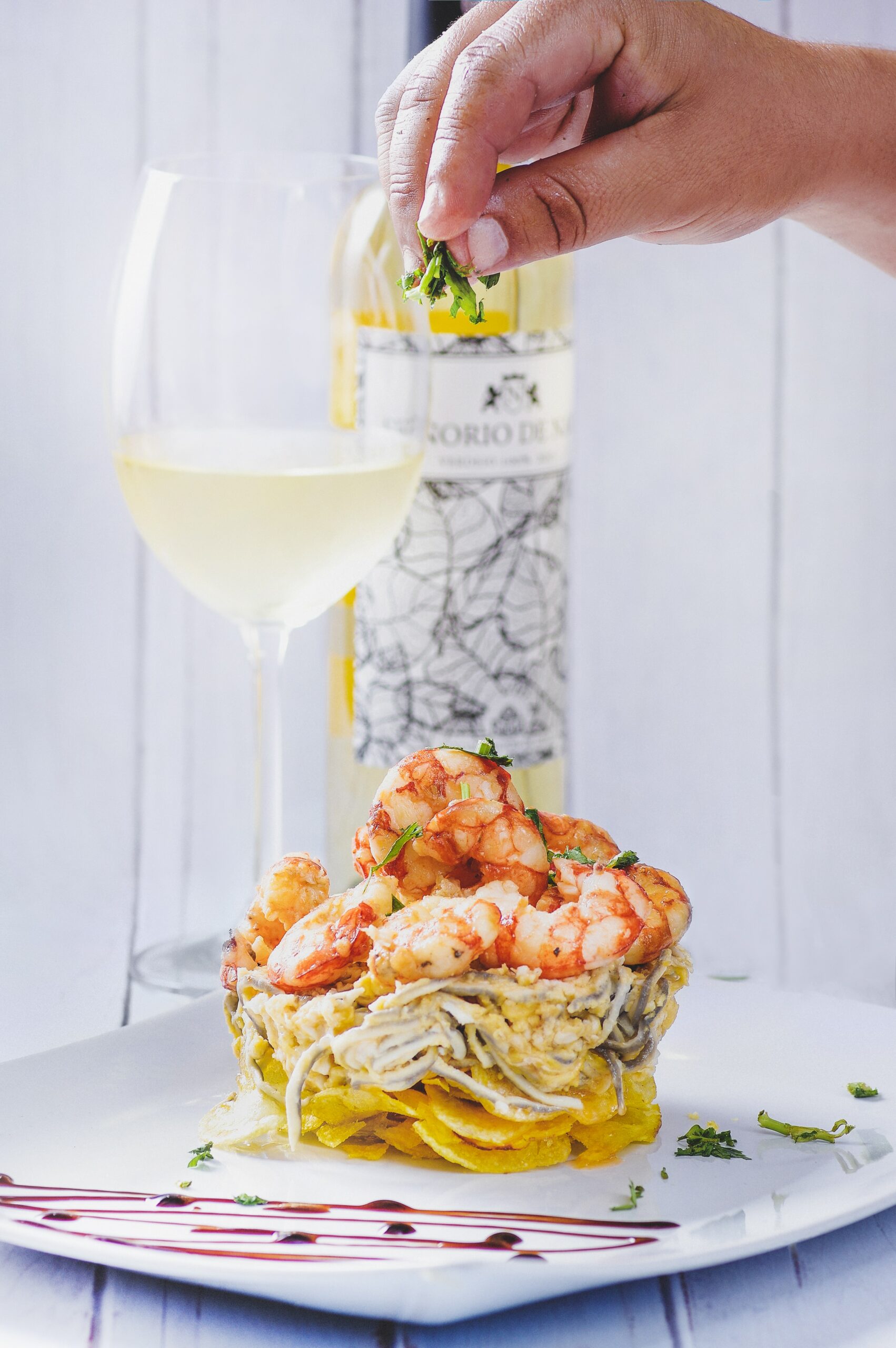
Innovative and surprising combinations
Beyond the beaten track, there's a world of innovative and surprising food and wine pairings just waiting to be discovered. These original pairings break with established norms and offer a unique taste experience. For example, have you ever tried a Pinot Noir with a grilled salmon dish? The fruity brightness and light tannins of this red wine can compliment the rich, fatty flesh of salmon surprisingly well.
For vegetarians, the exploration of pairings can be just as exciting. A dry Riesling, with its liveliness and fruity notes, can pair beautifully with a spicy vegetable curry. The wine's acidity cuts through the richness of the dish, while its sweetness tempers the spiciness of the spices.
When you write about "innovative food and wine pairings", you're inviting your readers to step out of their comfort zone and experiment with their own pairings. It's an opportunity to highlight creativity in the kitchen and cellar, emphasizing that the rules of perfect pairing are there to be rethought and personalized.
Wine pairings
Each type of wine, with its unique characteristics, offers a spectrum of possibilities for pairing with different foods. Let's start with red wines, which are often classified from light to full-bodied. A light Pinot Noir goes wonderfully well with dishes such as duck or wild mushrooms, while a robust Zinfandel is the perfect accompaniment to grilled meats and spicy dishes. For targeted keywords, we'll refer here to "red wine pairings".
As for white wines, they can be lively and fresh or rich and creamy. A buttery Chardonnay is ideal with creamy dishes or seafood, while a dry, aromatic Riesling works wonders with Asian cuisine and sweet-savory dishes. These suggestions should be associated with the terms "white wine pairings" in the content.
For rosés, often enjoyed in summer, their freshness can refresh the palate when served with salads, light grills or Mediterranean cuisine. And let's not forget sparkling wines that aren't just for celebrations; a Cava or Prosecco can be delicious with aperitifs or light dishes, using the keyword "sparkling wine pairings".
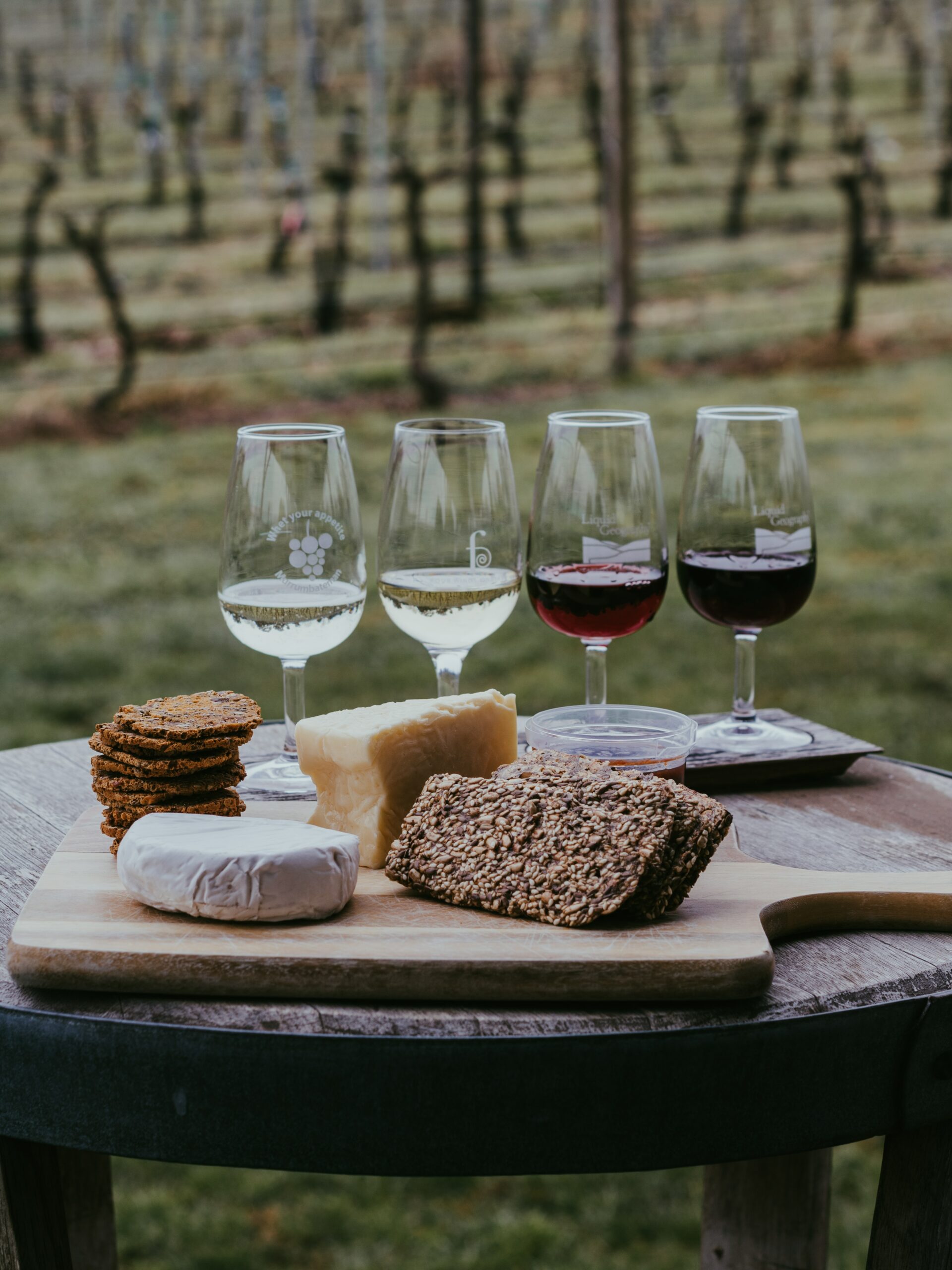
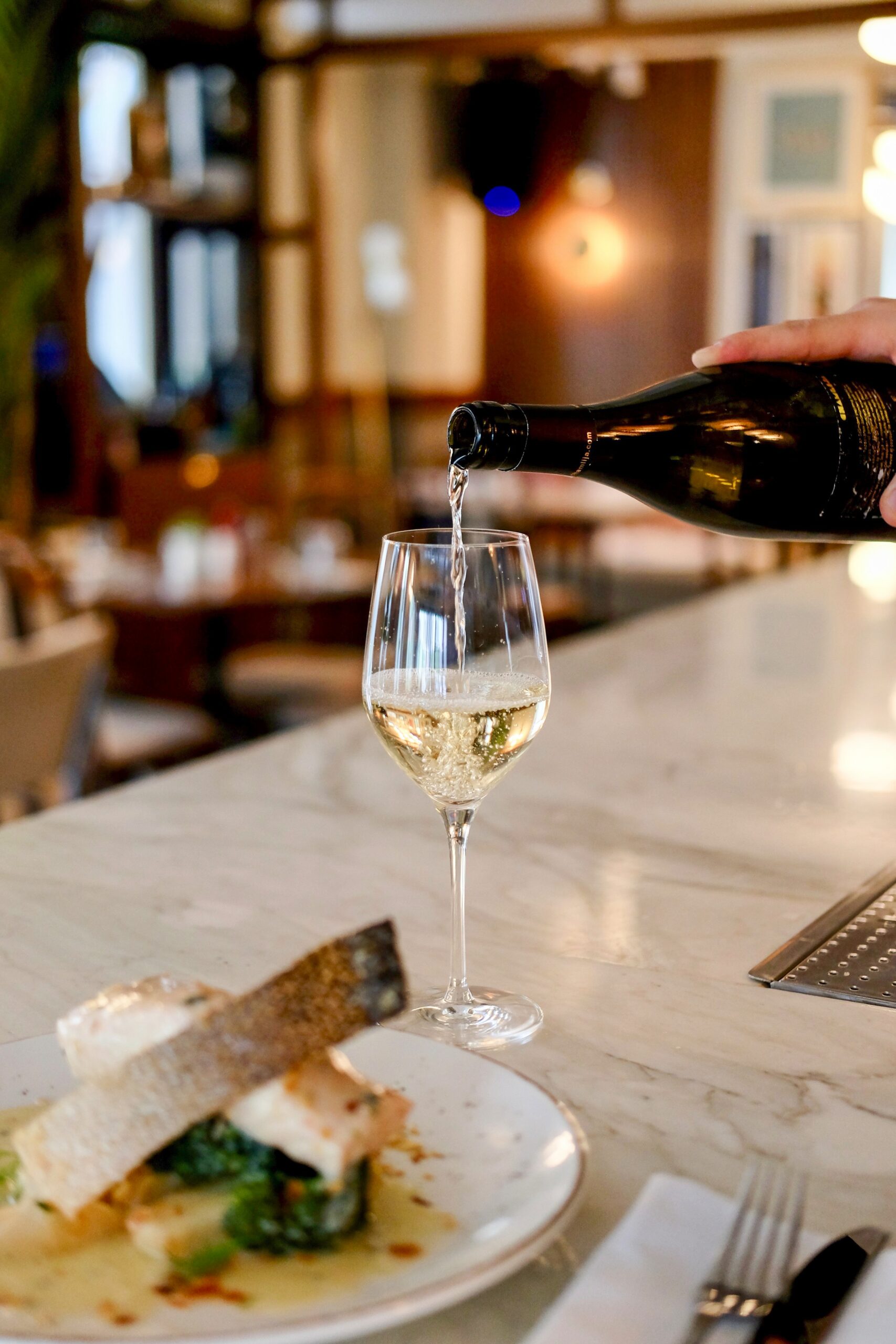
A few practical tips for successful wine and food pairing
Exploring wine and food pairings is an ongoing adventure, but a few practical tips can guide even novices to wise choices. First of all, don't be afraid to ask for recommendations when buying your wine, whether in a specialist store or from a restaurateur. Experts are often happy to share their knowledge, and this could lead to some wonderful discoveries.
The temperature at which the wine is served can also greatly influence the tasting experience. A red wine should be slightly chilled, not at room temperature, as the myth goes. White, rosé and sparkling wines are best served chilled, but not iced, so that their aromas are not inhibited.
Another aspect not to be overlooked is the glass in which the wine is served. The shape of the glass can amplify aromas and influence the way the wine reaches the tongue. Use keywords such as "wine and food pairing tips" to incorporate suggestions on tableware and presentation, to enrich your readers' taste experience.
Finally, trust your own preferences. The rules of pairing are guides, not strict directives. Personal experimentation is essential to discover what delights your palate. Encourage your readers to record their experiences with different food and wine pairings, which will help them refine their future choices.
To conclude
In exploring the fascinating world of wine and food pairing, we've discovered that behind every great dish lies a wine that can not only complement its flavors, but transcend them.
Whether you're guided by classic pairings or daring more avant-garde pairings, the important thing is to seek the harmony and balance that suit your personal tastes. We've explored how to navigate the different types of wine, from powerful reds to delicate whites, refreshing rosés to festive sparkling wines, and how each glass can influence a culinary experience.
Remember, the rules of wine and food pairing are not written in stone. They serve as guidelines to get you started, but it's your palate that will have the final say. Armed with these tips and inspirations, embark on your food pairing adventure with confidence and curiosity. Experiment, take note of your discoveries, and above all, savor every moment of the tasting experience.
May this guide to wine and food pairing be your companion in the quest for the perfect match between plate and cup. Gastronomy and oenology are endless journeys of discovery, where every meal can become the canvas for your next work of gustatory art. Here's to your bottles, your dishes, and the harmony of flavors that await you!


